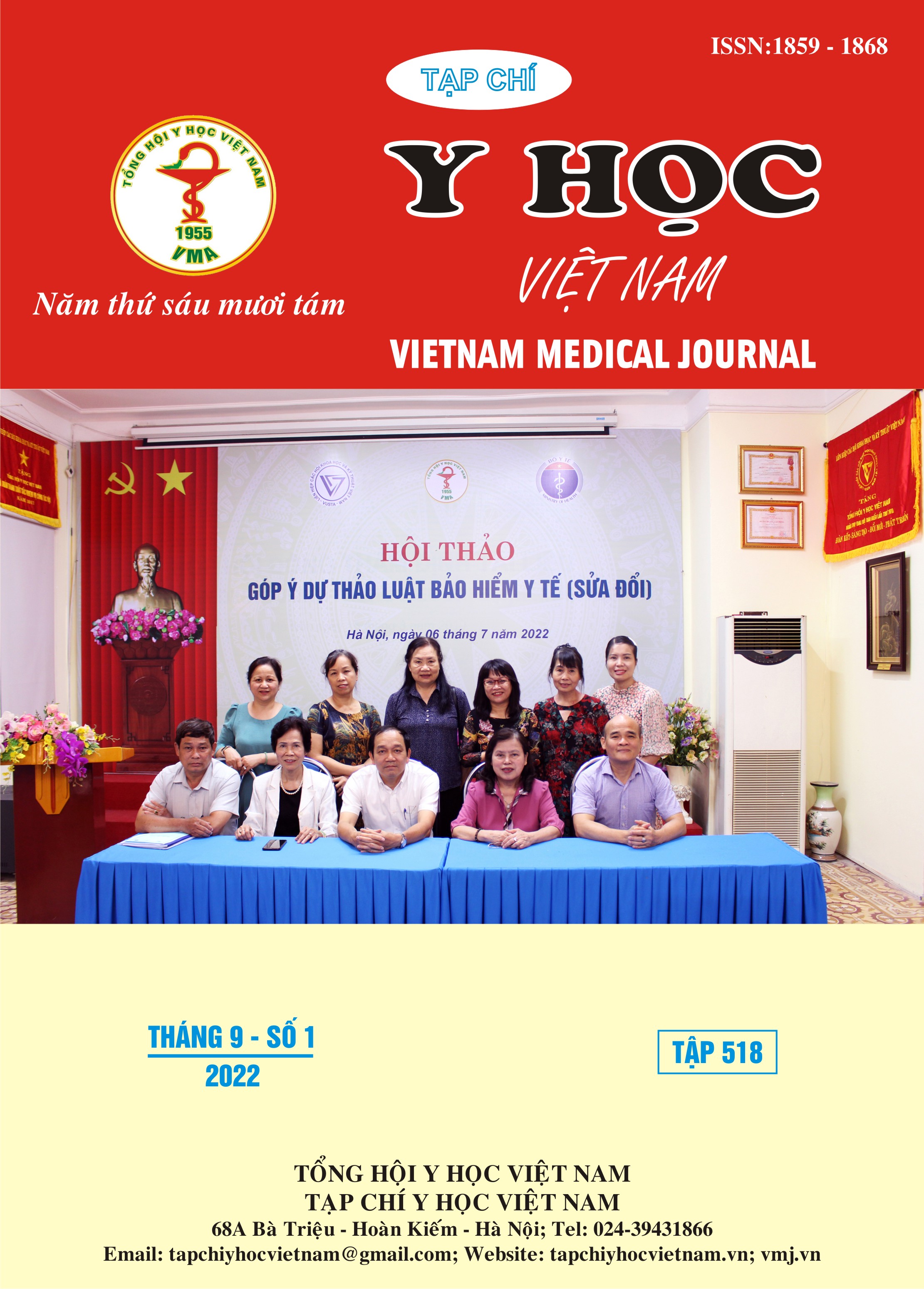STUDY AND FABRICATE ACOUSTIC BOOTH USING FOR HEALTH CARE
Main Article Content
Abstract
The World Health Organization estimates that 1.7% of children under the age of 15 have some degree of hearing loss, equivalent to 32 million children worldwide. South Asia is the region with the highest number of children with hearing loss in the world (2.4%), followed by the Asia Pacific region, accounting for about 2% of children under 15 years of age with hearing loss. According to the above statistics, we estimate that the need for soundproof chambers is very large and needs to meet soundproof standards to serve medical examination and treatment, scientific research and training. In addition to the development of the industry, the need to measure the health of workers and the impact of industrial noise on the hearing system, the need to monitor the effect of noise on hearing is urgent. To accurately assess the degree of hearing loss, they perform hearing tests in a quiet environment or more specifically, a chamber that is soundproofed from the outside environment. Currently, there are two types of soundproof chambers: Soundproof rooms and mobile soundproof booth. Whether it is a soundproof room or a mobile soundproof booth, it must comply with sound insulation standards.
Article Details
Keywords
hearing loss, soundproof room, mobile soundproof booth
References
2. Nguyễn Hồng Quang – Vũ Văn Tẩm, Thiết kế cấp điện, NXB KHKT năm 2011.
3. Quỹ dân số liên hiệp quốc-UNFPA (2009), Người khuyết tật Việt Nam, Một số kết quả chủ yếu từ tổng điều tra dân số và nhà ở Việt Nam năm 2009, tr. 16-17.
4. Deborah D.L.Chung¬, “Composite Materials”, Springer, 2003.
5. Kinney C “Hearing Impairments in Children”, Laringoscope, Vol 63, pp. 220 – 226.
6. Melm Schwartz, Prentice Hall, “Composite materials”, New Jersey, 1997.
7. WHO (2013), Deafness and hearing loss, WHO Media centre, Geneva, truy cập tại trang web http://www.who.int/mediacentre/factsheets/fs300/en/
8. Theo tiêu chuẩn ANSI của Mỹ (American National Standard Instute) tiêu chuẩn độ ồn tại website http://34.73.93.140/wp-content/uploads/2019/05/ANSI-ASA-S3.1-1999-R2008.pdf


